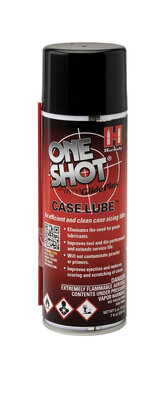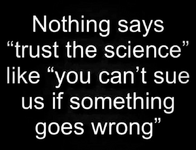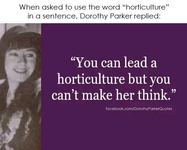- Messages
- 1,413
- Reactions
- 2,561
I use to use Hornady OneShot then I switched over to home made spray lube.
I think the home made lube works better then OneShot lube and is a lilot cheaper to make.
I bought liquid lanolin on Amazon and the red bottle of dry gas from Walmart.
Mix it ten to one and you are good to go.
I put the brass in the plastic tray from McDonald's big breakfast comes in. Give it a couple of squirts, roll the brass around and give it a few more shot of lube. I wait about five minutes for the achohol to evaporate before I start to resize the brass.
I think the home made lube works better then OneShot lube and is a lilot cheaper to make.
I bought liquid lanolin on Amazon and the red bottle of dry gas from Walmart.
Mix it ten to one and you are good to go.
I put the brass in the plastic tray from McDonald's big breakfast comes in. Give it a couple of squirts, roll the brass around and give it a few more shot of lube. I wait about five minutes for the achohol to evaporate before I start to resize the brass.



















